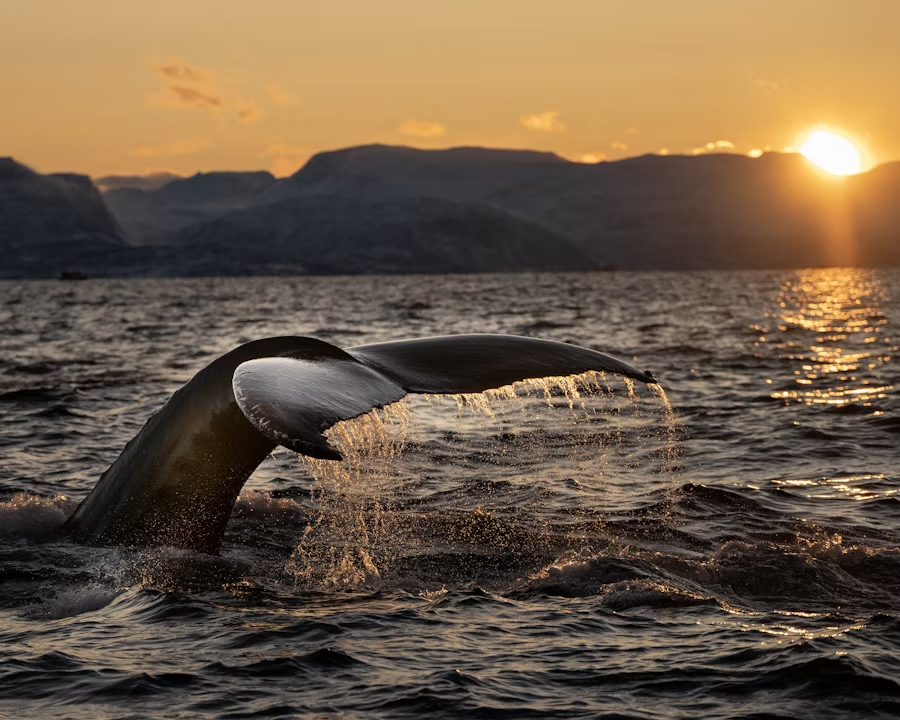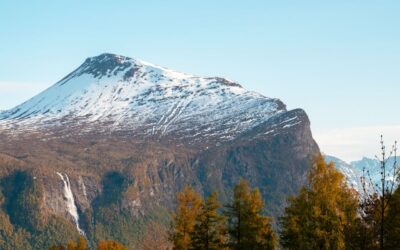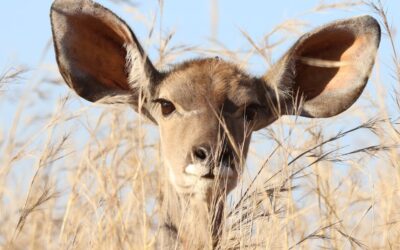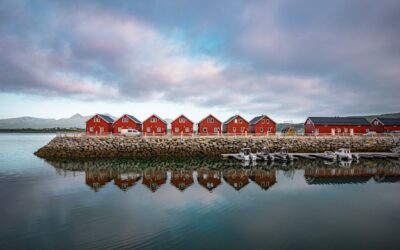Norway’s breathtaking landscapes are not just a visual treat but also home to an incredible array of wildlife. From the depths of its coastal waters to the expansive forests and tundras, the country offers a unique opportunity for nature lovers to witness some of Europe’s most fascinating creatures. If you’ve ever dreamed of seeing whales, moose, puffins, or even reindeer in their natural habitats, Norway is the place to be. This guide highlights the best spots for wildlife watching in Norway, along with practical tips for eco-friendly travel.
Whale Watching in Norway
Norway’s extensive coastline provides numerous locations for spotting different whale species. The Norwegian Sea and the Arctic Ocean are particularly famous for whale watching, with several species, including orcas, humpback whales, and sperm whales, migrating to these waters every year.
Best Places to Watch Whales
1. Vesterålen
Vesterålen, located north of the Arctic Circle, is renowned for its whale-watching opportunities year-round. The most notable species here is the sperm whale, but in summer, you might also spot pilot whales, dolphins, and porpoises. Local operators offer guided boat tours that take you out into the deep sea where the chance of spotting these majestic creatures is high.
2. Tromsø
Tromsø, known as the gateway to the Arctic, is a prime spot for whale watching, particularly during the winter months from November to January. Orcas and humpback whales can be seen migrating to these waters in pursuit of herring. The snow-capped mountains and icy waters provide a dramatic backdrop for this experience.
3. Andenes
Located on the northern tip of Andøya Island, Andenes is famous for its sperm whale sightings. The Andfjord is deep, providing ideal conditions for these giants of the ocean. Tours depart frequently from Andenes, making it one of the most reliable locations for whale sightings in Norway.
Responsible Whale Watching
While it’s thrilling to see whales up close, it’s important to choose responsible tour operators that follow eco-friendly practices. These include keeping a respectful distance from the whales, avoiding feeding or disturbing the animals, and adhering to guidelines that minimise human impact on their habitats.
Moose Watching in Norway
Moose, or “elg” as they are known in Norwegian, are the largest land animals in Europe and can be found throughout Norway’s forests and wetlands. These majestic creatures are a common sight in certain regions, particularly in the east and north of the country.
Best Locations for Moose Watching
1. Østlandet (Eastern Norway)
Østlandet, with its vast forests and quiet woodlands, is one of the best places in Norway to see moose in their natural habitat. The regions of Trysil and Femundsmarka are particularly popular for moose sightings. The moose here can often be spotted foraging near rivers and lakes, especially in the early morning or late evening.
2. Hedmark
Hedmark, often referred to as the “moose capital” of Norway, offers excellent opportunities for seeing these animals. Guided moose safaris in the region provide an in-depth look at their behaviour and habitats. Whether you’re hiking or on a tour, Hedmark’s tranquil forests are perfect for moose spotting.
When to See Moose
Moose are most active during dawn and dusk, so these are the best times to go on a safari or nature walk. They are solitary animals, meaning sightings can be rare, but with patience and a bit of luck, you may encounter one of these imposing creatures.
Puffin Watching in Norway
Puffins, with their distinctive colourful beaks and charming appearance, are a favourite among birdwatchers. Norway’s coastal cliffs provide perfect nesting grounds for these seabirds, making it one of the best places in the world to observe puffins.
Best Places to See Puffins
1. Runde Island
Runde Island, located off the coast of Sunnmøre, is a birdwatcher’s paradise. Each year, from April to August, thousands of puffins return to nest on the island’s cliffs. The island is easily accessible by boat, and guided tours allow visitors to observe puffins in their natural habitat without disturbing the birds.
2. Røst Islands
The Røst Islands in the Lofoten archipelago are another top location for puffin watching. The islands host large colonies of puffins during the breeding season, making it one of the best places to see these birds up close. The surrounding landscapes, with their rugged cliffs and open seas, add to the magical experience.
Tips for Puffin Watching
Puffins can be shy, so it’s important to maintain a respectful distance. Bringing a good pair of binoculars or a camera with a zoom lens will help you observe these birds without intruding on their space. The best time to visit is during the late spring and summer months when puffins return to land to breed.
Reindeer Watching in Norway
Reindeer are another iconic species in Norway, closely tied to the indigenous Sami culture of the northern regions. These animals roam freely in the tundras and forests, particularly in the northernmost parts of the country.
Where to See Reindeer
1. Finnmark
Finnmark, Norway’s northernmost region, is home to large herds of semi-domesticated reindeer, cared for by the Sami people. Reindeer watching here often involves learning about Sami traditions, as the animals are integral to their way of life. Many tours are led by Sami guides who share insights into reindeer herding and the animals’ seasonal migrations.
2. Troms and Nordland
Reindeer can also be found in the counties of Troms and Nordland, where they graze in the wild and often migrate across vast landscapes. Some areas offer the opportunity to see reindeer up close, especially during the autumn migration.
Ethical Reindeer Tourism
When engaging in reindeer watching, choose tours that are respectful of both the animals and the Sami culture. Ethical tourism supports local Sami communities and ensures that reindeer herding traditions are preserved for future generations.
Eco-Friendly Wildlife Watching in Norway
While it’s exciting to encounter Norway’s wildlife, it’s crucial to ensure your travels leave a minimal environmental footprint. Here are some tips for eco-friendly wildlife watching:
1. Choose Responsible Tour Operators
When booking wildlife tours, select operators who prioritise sustainability and animal welfare. They should follow guidelines that protect the habitats and wellbeing of the animals.
2. Stick to Designated Trails
To minimise impact on the environment, always stay on marked paths when hiking or exploring. This helps protect the natural landscape and prevents disruption to the animals’ habitats.
3. Travel with a Reusable Water Bottle
Reduce plastic waste by carrying a reusable water bottle on your travels. Norway has some of the cleanest drinking water in the world, so you can refill your bottle from natural sources or public fountains.
4. Respect Wildlife
Maintain a safe and respectful distance from all animals. Avoid feeding or attempting to touch wildlife, as this can harm the animals and disrupt their natural behaviours.
Conclusion
Wildlife watching in Norway offers a truly unforgettable experience. Whether you’re marvelling at the mighty whales off the coast, spotting moose in the forests, or watching puffins nest on steep cliffs, Norway’s diverse wildlife is sure to leave a lasting impression. By following eco-friendly practices and choosing responsible tours, you can enjoy these wonders of nature while helping to preserve them for future generations.





0 Comments